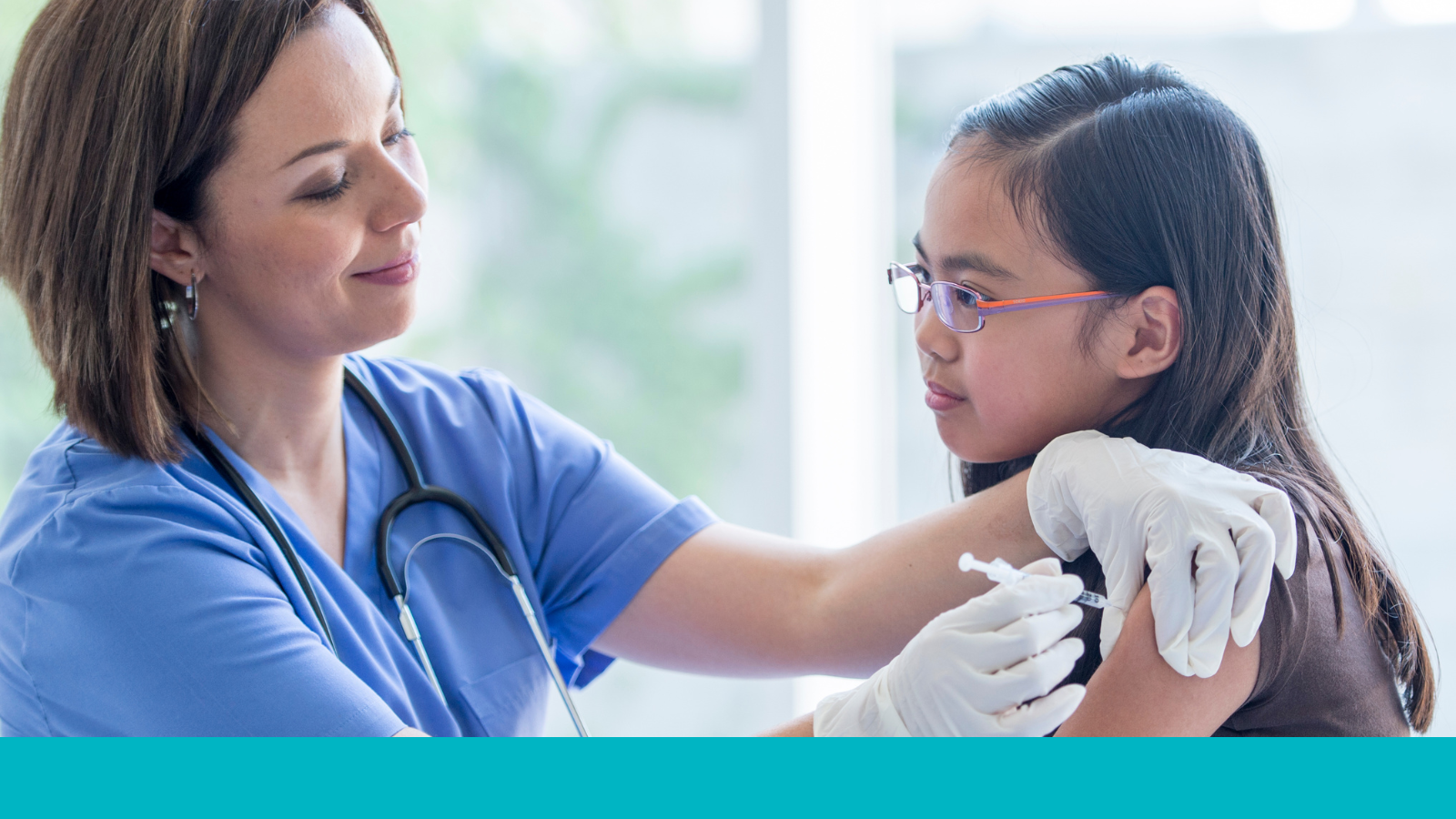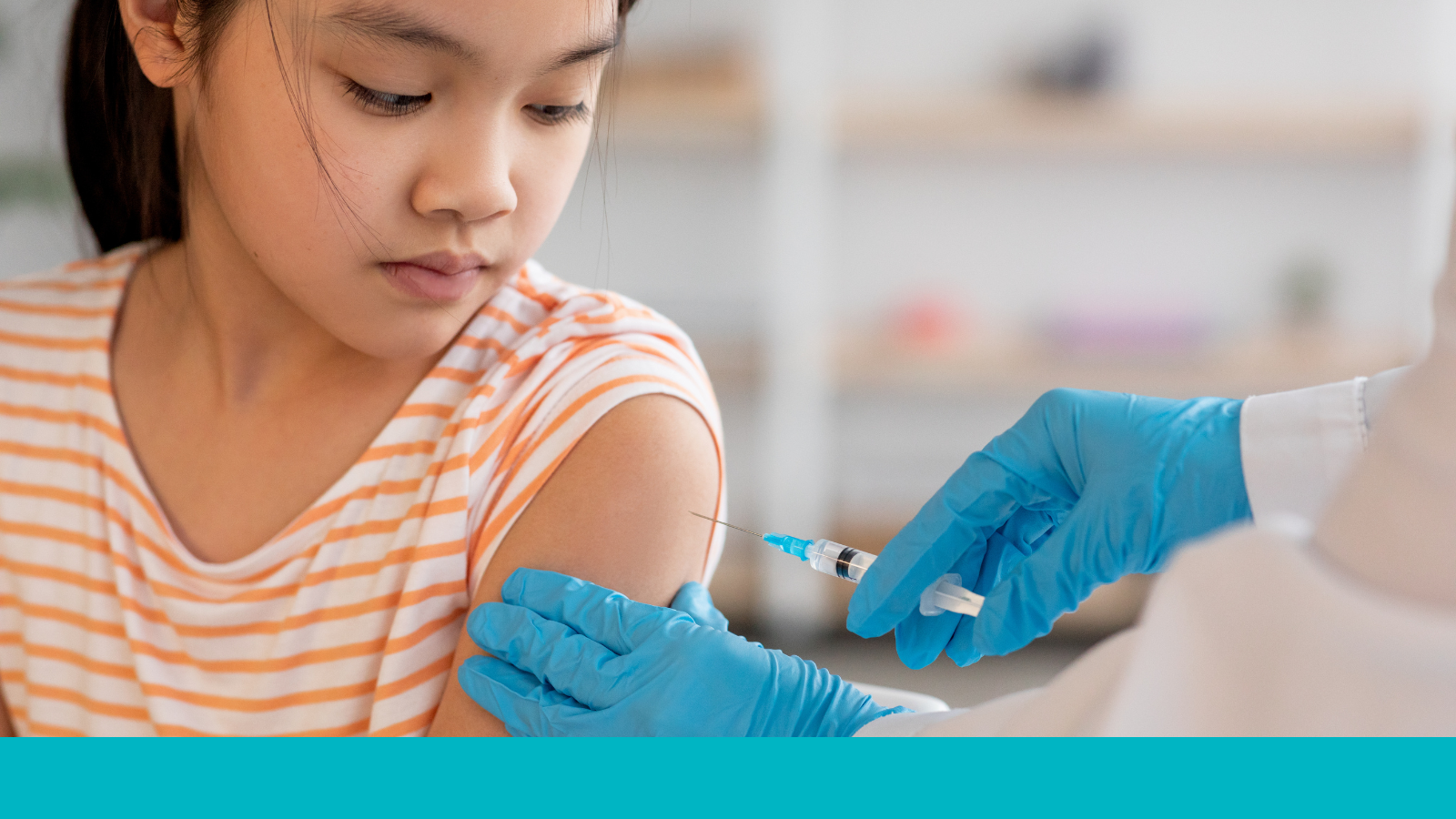Talking Points
Messaging research from PHCC and Perry Undem shows that messages about scientific rigor, the effectiveness of vaccines throughout history, and the seriousness of the illnesses vaccines protect against lead to more discussion and curiosity about vaccines.
Use the following talking points to discuss vaccine development, safety, and effectiveness.
Updated August 2025
Vaccine Development Timeline
- Every vaccine goes through a transparent and rigorous development process. Vaccines are constantly monitored, from the early stages of research to their public release, and beyond.
- Some vaccines undergo a shorter-than-usual timeline for the standard development and testing phases. These vaccines are developed quickly because of decades of previous vaccine research, global collaborations, and overlapping development and testing phases.
Vaccine Review and Monitoring
- The Centers for Disease Control and Prevention (CDC) and Food and Drug Administration (FDA) require a rigorous vaccine testing process because it ensures that people receive the greatest benefit from vaccines in the safest manner.
- The CDC and FDA continue to monitor the vaccine development process, manufacturing facilities, and overall safety and effectiveness even after it is released to the public.
Vaccine Safety and Effectiveness
- Vaccines are the best way to protect yourself against preventable, serious diseases that once commonly harmed or killed people, such as smallpox and polio.
- Vaccines have a proven track record of reducing disease. Many people you know are vaccinated against diseases that once were very common and caused serious illness and even death.









